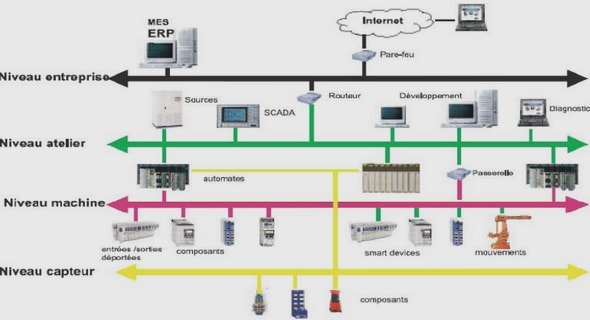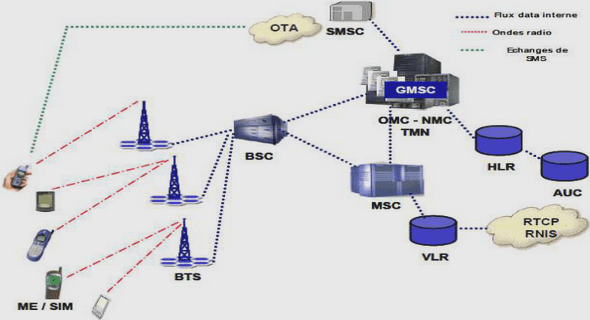Course wireless session protocol specification
1 SCOPE
2 DOCUMENT STATUS
2.1COPYRIGHT NOTICE
2.2ERRATA
2.3COMMENTS
2.4RELEASE NOTE
3 REFERENCES
3.1NORMATIVE REFERENCES
3.2INFORMATIVE REFERENCES
4 DEFINITIONS AND ABBREVIATIONS
4.1DEFINITIONS
4.2ABBREVIATIONS
4.3DOCUMENTATION CONVENTIONS
5 WSP ARCHITECTURAL OVERVIEW
5.1REFERENCE MODEL
5.2WSP FEATURES
5.2.1 Basic Functionality
5.2.2 Extended Functionalit
6 WSP ELEMENTS OF LAYER-TO-LAYER COMMUNICATION
6.1NOTATIONS USED
6.1.1 Definition of Service Primitives and Parameters
6.1.2 Time Sequence Charts
6.1.3 Primitives Types
6.1.4 Primitive Parameter Tables
6.2SERVICE PARAMETER TYPES
6.2.1 Address
6.2.2 Body and Headers
6.2.3 Capabilities
6.2.4 Push Identifier (Push Id)
6.2.5 Reason
6.2.6 Request URI
6.2.7 Status
6.2.8 Transaction Identifier (Transaction Id)
6.3CONNECTION-MODE SESSION SERVICE
6.3.1 Overview
6.3.2 Capabilities
6.3.3 Service Primitives
6.3.4 Constraints on Using the Service Primitives
6.3.5 Error Handling
6.4CONNECTIONLESS SESSION SERVICE
6.4.1 Overview
6.4.2 Service Primitives
6.4.3 Constraints on Using the Service Primitives
6.4.4 Error Handling
7 WSP PROTOCOL OPERATIONS
7.1CONNECTION-MODE WSP
7.1.1 Utilisation of WTP
7.1.2 Protocol Description
7.1.3 Protocol Parameters
7.1.4 Variables
7.1.5 Event Processing
7.1.6 State Tables
7.2CONNECTIONLESS WSP
8 WSP DATA UNIT STRUCTURE AND ENCODING
8.1DATA FORMATS
8.1.1 Primitive Data Types
8.1.2 Variable Length Unsigned Integers
8.2PROTOCOL DATA UNIT STRUCTURE
8.2.1 PDU Common Fields
8.2.2 Session Management Facility
8.2.3 Method Invocation Facility
8.2.4 Push and Confirmed Push Facilities
8.2.5 Session Resume Facility
8.3CAPABILITY ENCODING
8.3.1 Capability Structure
8.3.2 Capability Definitions
8.3.3 Capability Defaults
8.4HEADER ENCODING
8.4.1 General
8.4.2 Header syntax
8.5MULTIPART DATA
8.5.1 Application/vnd.wap.multipart Format
8.5.2 Multipart Header
8.5.3 Multipart Entry
APPENDIX A ASSIGNED NUMBERS
APPENDIX B HEADER ENCODING EXAMPLES
B.1HEADER VALUES
B.1.1 Encoding of primitive value
B.1.2 Encoding of structured value
B.1.3 Encoding of well-known list value
B.1.4 Encoding of date value
B.1.5 Encoding of Content range
B.1.6 Encoding of a new unassigned token
B.1.7 Encoding of a new unassigned header field name
B.1.8 Encoding of a new unassigned list-valued header
B.2SHIFT HEADER CODE PAGES
B.2.1 Shift sequence
B.2.2 Short cut
APPENDIX C IMPLEMENTATION NOTES
C.1CONFIRMED PUSH AND DELAYED ACKNOWLEDGEMENTS
C.2HANDLING OF RACE CONDITIONS
C.3OPTIMISING SESSION DISCONNECTION AND SUSPENSION.
C.4DECODING THE HEADER ENCODINGS
C.5ADDING WELL-KNOWN PARAMETERS AND TOKENS
C.6USE OF CUSTOM HEADER FIELDS
APPENDIX D STATIC CONFORMANCE REQUIREMENT
8.5.4 WSP Client/Server Mode Static Conformance Requirement
8.5.5 WSP as Connection-Oriented Client Static Conformance Requirement
8.5.6 WSP as Connection-Oriented Server Static Conformance Requirement
8.5.7 WSP as Connection-Less Client Static Conformance Requirement
8.5.8 WSP as Connection-Less Server Static Conformance Requirement
1 Scope
The Wireless Application Protocol (WAP) is a result of continuous work to define an industry-wide specification for developing applications that operate over wireless communication networks. The scope for the WAP Forum is to define a set of specifications to be used by service applications. The wireless market is growing very quickly, and reaching new customers and services. To enable operators and manufacturers to meet the challenges in advanced services,differentiation and fast/flexible service creation WAP Forum defines a set of protocols in transport, security, transaction, session and application layers. For additional information on the WAP architecture, please refer to “Wireless Application Protocol Architecture Specification” [WAPARCH].
2 Document Status
This document is available online in the following formats:
• PDF format at http://www.wapforum.org/.
2.1 Copyright Notice
© Copyright Wireless Application Protocol Forum, Ltd, 1998. All rights reserved.
2.2 Errata
Known problems associated with this document are published at http://www.wapforum.org/.
2.3 Comments
Comments regarding this document can be submitted to WAP Forum in the manner published at http://www.wapforum.org/.
2.4 Release Note
5-November-1999: Incorporated Corrigendum WPG-WSP-5
9-August-1999: Incorporated Corrigendum WPG-WSP-3 and Corrigendum WPG-WSP-4, approved CRs from San
Francisco and the Push CRs agreed upon in July.
9-February-1999: Incorporated Corrigendum WPG-WSP-1 and Corrigendum WPG-WSP-2 plus the CR approved in Forth Worth
28-May-1999: Added WSP-UP-29-Mar-1999/1 approved in Montreux and considered critical to WAP 1.1
3 References
3.1 Normative References
[WAPARCH] “WAP Architecture Specification, WAP Forum, 30-April-1998.
URL: http://www.wapforum.org/
[WAPWDP] “Wireless Datagram Protocol Specification”, WAP Forum, 30-April-1998.
URL: http://www.wapforum.org/
[WAPWTP] “Wireless Transaction Protocol Specification”, WAP Forum, 30-April-1998.
URL: http://www.wapforum.org/
[WAPUAPROF] “WAG UAPROF”, WAP Forum, 30-September-1999.
URL: http://www.wapforum.org/
[WAPWBXML] “WAP Binary XML Content Format”, WAP Forum, 15-August-1999.
4 Definitions and Abbreviations
4.1 Definitions
For the purposes of this specification the following definitions apply.
Bearer Network
Capability
A bearer network is used to carry the messages of a transport-layer protocol – and ultimately also of the session layer protocols – between physical devices. During the lifetime of a session, several bearer networks may be used.
Capability is a term introduced in section 6.3.2, « Capabilities », to refer to the session layer protocol facilities and configuration parameters that a client or server supports.
Capability Negotiation
Capability negotiation is the mechanism defined in section 6.3.2.1, « Capability Negotiation », for agreeing on session functionality and protocol options. Session capabilities are negotiated during session establishment. Capability negotiation allows a server application to determine whether a client can support certain protocol facilities and configurations.
Client and Server
The term client and server are used in order to map WSP to well known and existing systems. A client is a device (or application) which initiates a request for a session. The server is a device that passively waits for session requests from client devices. The server can either accept the request or reject it. An implementation of the WSP protocol may include only client or server functions in order to minimise the..
Course wireless session protocol specification (755 KO) (Cours PDF)


